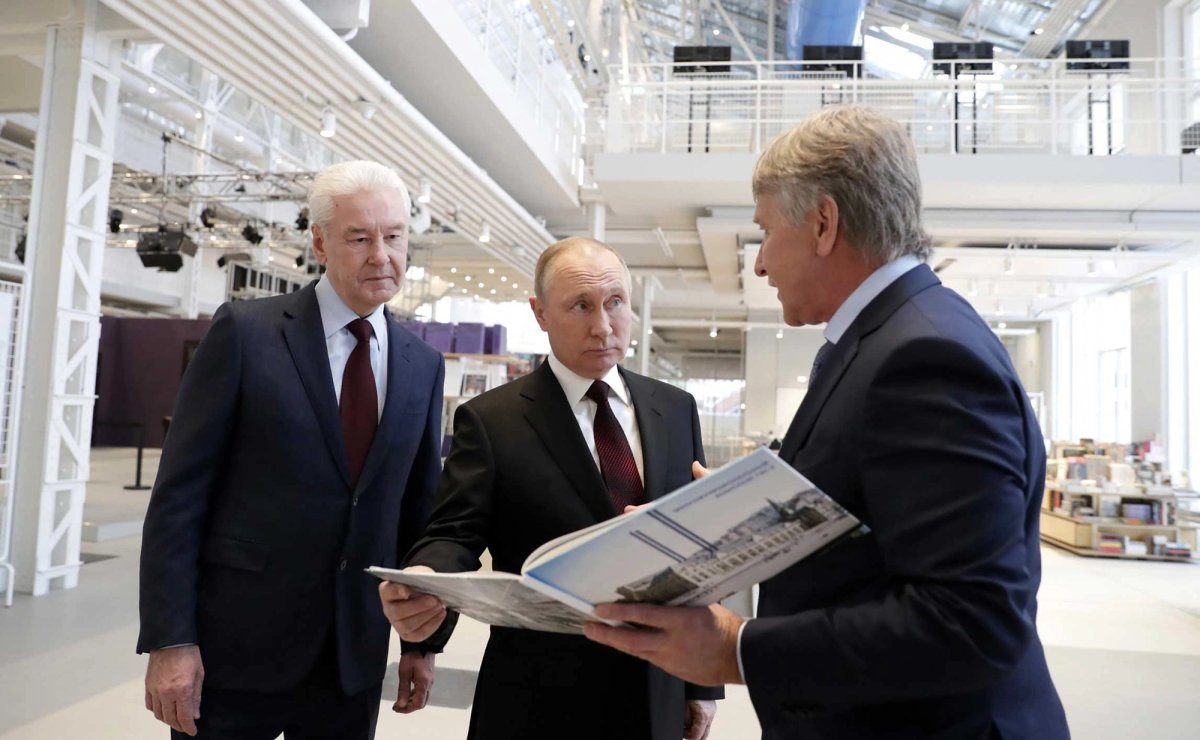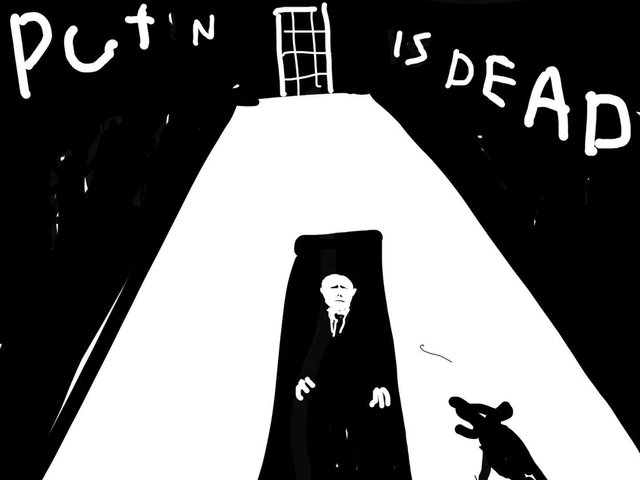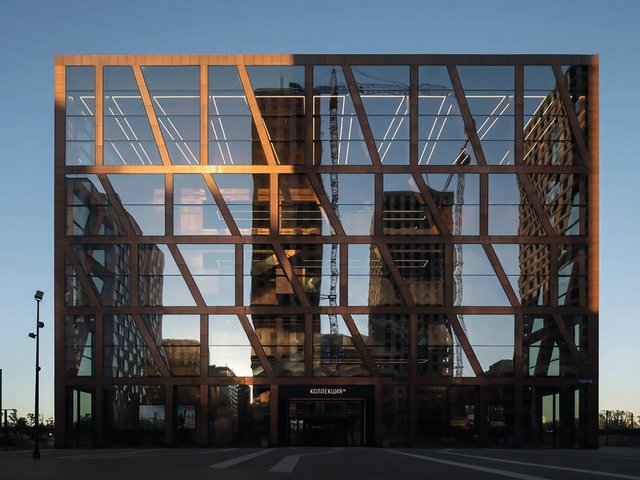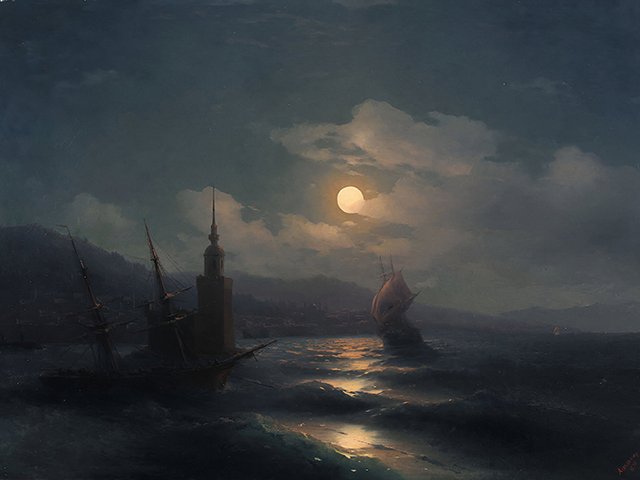From the moment that the Garage Museum of Contemporary Art, founded by Roman Abramovich and Dasha Zhukova, opened in Moscow in 2008, private art museums became a sophisticated marker of post-Soviet Russia’s integration into elite Western culture. Now those that are still open are struggling to survive.
Fifteen years ago, Russian billionaires sat on international museum boards and the country’s cultural elite prowled art fairs and biennials around Europe and across the Atlantic. Even after Russia’s illegal annexation of Crimea in 2014, the art-world jet-set congregated in Moscow’s Gorky Park in 2015 for the Rem Koolhaas-designed relaunch of Garage as a museum.
In the meantime, President Vladimir Putin was tightening his grip on power and increasingly suppressing artistic freedoms. The environment for private museums has grown ever more hostile.
By 2019, one major private museum, the Institute of Russian Realist Art, had closed, and its founder, Aleksei Ananyev, was on the run on embezzlement charges, his property seized by the state. Ananyev is still wanted by the Russian authorities, though Interpol dropped its search for him five years ago on the basis that the charges were politically motivated, according to media reports at the time.
In 2024 Art4.ru, Russia’s first private contemporary art museum, was shut down by its founder Igor Markin, who earned his fortune selling refrigerators and window blinds in the 1990s. Markin opened Art4.ru near the Kremlin in 2007, transformed it into a commercial art space in 2016, and closed it down last year after nationalists raided an opening.
“Today was the last day,” Markin wrote on Instagram. “The Art4 Museum, after 17 years of work, is closed. It became too risky.” In January this year, he posted on Facebook that he was looking for a mansion in the UK as a combined home and art space.
Since Putin’s 2022 full-scale invasion of Ukraine, Russia’s private museums are toeing a treacherous line. Many cultural workers and some billionaire museum founders have chosen to leave Russia; others have felt compelled to do so after warnings that they could be imprisoned.
Here is how four private Russian museums are faring in this difficult environment.
Garage Museum of Contemporary Art
Security services raided Garage’s offices in April 2024. Months later, it was visited by right-wing activists who demanded to know why the museum was not promoting the war. The founding director, Anton Belov, was replaced in April this year by Daria Kotova, the museum’s former endowment fund director. One founder, Dasha Zhukova is now based in New York; the other, Roman Abramovich, who is subject to sanctions in the UK and EU, is reportedly dividing his time between Russia, Turkey and Israel.
New Holland, a tsarist-era venue launched by the former couple in St Petersburg, is reported to have changed legal ownership last year. The venue’s former director, Roxana Shatunovskaya, resigned in March 2024, after her husband had made an online jab at Kremlin officials following a terrorist attack at a Moscow concert hall. He was accused of terrorism and extremism and imprisoned. His trial at a St Petersburg military court opened in May 2025.
Garage had announced in 2022 that it would suspend exhibitions until the war ends, but in 2024, several months after the raid, the museum put its collection of Russian art from the 1980s to 2020s on display.
GES-2 House of Culture
The vast art space opposite the Kremlin financed by the gas magnate Leonid Mikhelson, Russia’s fourth richest person, opened in 2021 after he had spent at least $300m transforming an early 20th-century power plant to Renzo Piano’s design. Teresa Iarocci Mavica, who served as the visionary director of the billionaire’s V-A-C Foundation, departed in December 2021, dealing a severe blow to GES-2 just weeks after it had opened and she and Mikhelson had given Putin a personal tour of the space.
Mavica was replaced by Artem Bondarevsky, a lawyer who was a deputy director of V-A-C. Several key V-A-C staffers quit after Russia’s full-scale invasion of Ukraine. In 2024 the Italian curator Francesco Bonami curated a blockbuster show, Square and Space: From Malevich to GES-2, with the former Tretyakov Gallery director, Zelfira Tregulova.
Museum of Russian Impressionism
The former billionaire Boris Mints created the museum in a Bolshevik confectionary plant in the Russian capital in 2016. By 2018, he had fled Russia to the UK during a state investigation of his property development firm’s bank dealings. The museum focuses on a niche period and style of Russian art that spans the late 19th and early 20th centuries both before and after the Bolshevik Revolution, including artists who stayed in Russia and émigrés.
In a 2022 interview with the BBC, Mints denounced Putin as “vile” and Russia’s full-scale invasion of Ukraine as “the most tragic event in recent history, not only of Ukraine and Russia, but globally”. Last year the museum’s director, Yulia Petrova, announced that it had a new patron, Vladimir Voronin, also a property developer. She told The Art Newspaper Russia that she still consults with Mints regularly about the museum, but that he cannot support it financially from abroad.
Erarta
Russia’s largest private contemporary art museum, housed in a five-storey Stalinist Neo-Classical building in St Petersburg, opened in 2010 and maintained branches in London and Hong Kong until 2016. Little is known about the museum’s founder, Marina Varvarina, whose businessman husband was gunned down in 2000; his murder remains unsolved.
Sergei Mironov, a St Petersburg politician who leads a party called A Just Russia–Patriots–For Truth, denounced Erarta in a speech in the State Duma, the lower house of parliament, in January 2025. He was especially angered by a 2014 work titled Welcome to Russia by Yevgeny Kondratyev. A door on a life-sized matryoshka doll opens to spikes resembling a torture chamber. “[Foreign agents] are shouting praise, what a museum, what a wonderful one!” Mironov said. “They are fooling our youth, and everyone is pretending that this is how it should be.”
However, another Duma deputy, Ksenia Goryacheva, defended Erarta on her Telegram channel as “a vital part of St Petersburg’s cultural life” and warned its closure would be a “tragic page” in the city’s history.






